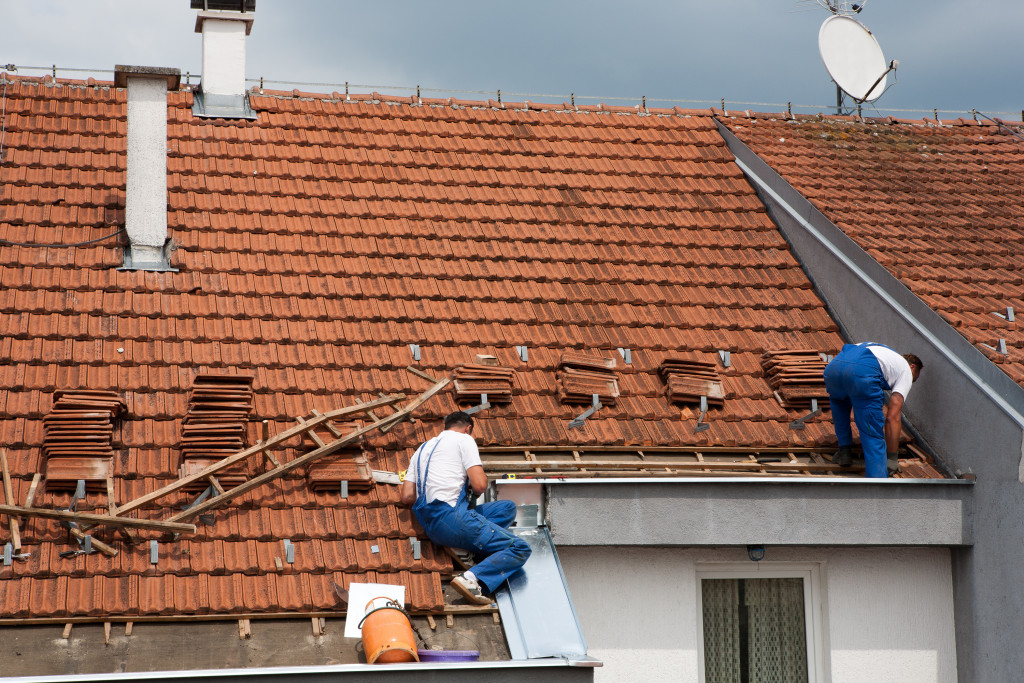If you live in an area that experiences extreme winter conditions, it’s essential to take extra steps to make sure your home is ready. If you are not prepared, you might face heavy damages that can lead to significant renovation costs. Here are four tips to help you get started.
Insulate Your Home
As temperatures begin to drop, it’s essential to take steps to prepare your home for the winter months. One of the most important things you can do is insulate your home. This will help keep warm air in and cold air out, saving you money on your energy bill. You can protect your home by adding weather stripping around doors and windows, sealing gaps in walls and ceilings, and adding insulation to your attic and crawl spaces.
In addition, it’s also a good idea to have your furnace serviced before the winter begins. This will ensure that it’s running efficiently and will help to prevent breakdowns during the coldest months of the year. You can ensure that your home is ready by taking these simple steps.
Check Your Roofs
One of the most important things to prepare your home for extreme winter conditions is to check your roofs. Look for loose or damaged shingles and repair or replace them as necessary. If you have a metal roof, make sure that all the seams are tight and that there is no rust. Moreover, if the metal roof is damaged, use corrugated roofing sheets to reduce the chances of further damage due to extreme conditions. Inspect your gutters and downspouts to ensure that they are clear of debris and able to drain water properly.
And finally, if you have any trees near your house, have them trimmed so that there is no risk of branches falling and damaging your roof. By taking these simple steps, you can help to ensure that your home is ready to withstand anything winter throws its way.
Seal Up Any Cracks or Gaps
As the temperature starts to drop, it’s essential to take steps to prepare your home for extreme winter conditions. One of the most important things you can seal up any cracks or gaps in your home’s exterior. This will help prevent cold air from seeping in and reduce your energy costs.
Sealing cracks and gaps in your house is a relatively simple process that can be done with supplies you probably already have around the house. You need some caulk, a caulking gun, and some weatherstripping.
To seal up cracks and gaps, start by using a caulk gun to apply a bead of caulk around doors and windows. Then, use weatherstripping to seal the gap between the door or window and the frame. And finally, use caulk to fill any gaps in your home’s siding. By taking these simple steps, you can help prepare your home for extreme winter conditions.
Clear Your Gutters and Downspouts
One of the most important things to prepare your home for extreme winter conditions is to clear your gutters and downspouts. Clogged drains can cause water to back up and freeze, damaging your roof and costly repairs. In addition, channels that are not adequately cleared can lead to ice dams, which can also cause severe damage. Downspouts should be directed away from your foundation to ensure that melting snow and ice will not cause flooding or leaks.
If you live in an area susceptible to high winds, you may want to invest in hurricane straps or other hurricane-proofing measures. By taking these simple steps, you can help protect your home from the damaging effects of extreme winter weather.

Protect Your Pipes
One of the most vulnerable parts of your home during winter is the plumbing. Pipes can freeze and burst when exposed to freezing temperatures, so it’s important to insulate them to keep them warm. You can use pipe insulation or wrap them in towels or blankets. It would be best to open up cabinet doors to allow heat to reach the pipes.
Another way to prevent frozen pipes is to keep your thermostat at a consistent temperature since extreme fluctuations can cause them to freeze. In addition, you should disconnect any hoses from outside faucets and drain any water that’s left in them.
If you live in an area that experiences frigid temperatures, it’s essential to take steps to protect your pipes. This includes insulating any exposed pipes and letting a slow drip of water run from your faucets during cold spells. You can help prevent your pipes from freezing and bursting by taking these precautions.
These tips can help you get your home ready for extreme winter conditions. So, don’t wait until the last minute to start preparing. Start taking action now, and you’ll be glad you did when the cold weather hits.

